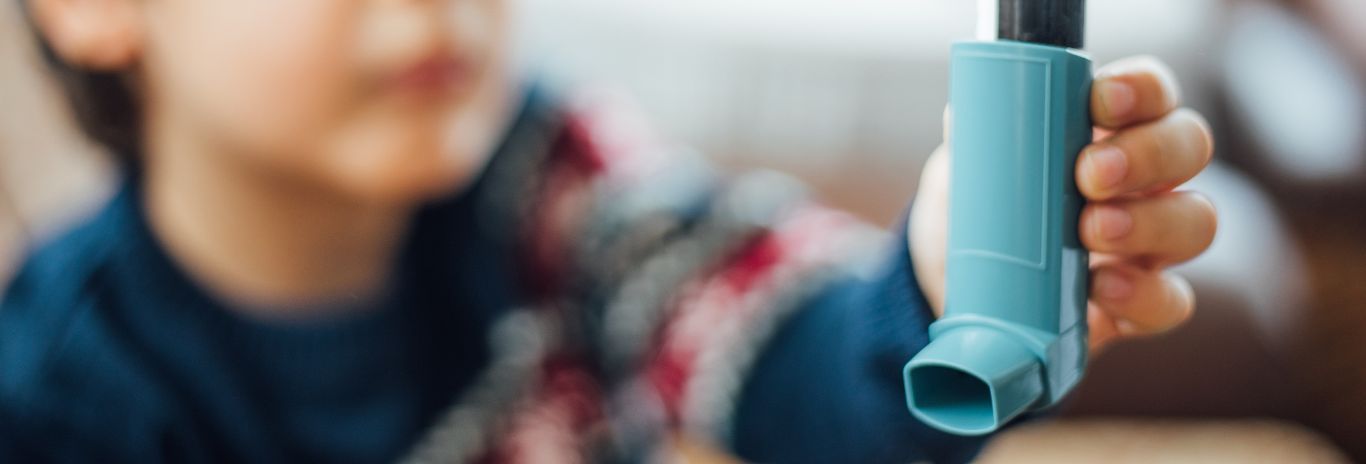What is Environmental Equity?
By: Bethany Mashini
04.03.2024
All people should have equal access to protect themselves from environmental hazards, and should have equal access to clean air, natural greenspaces, and fresh food. Unfortunately in our county and all across the United States, there is an unequal distribution of environmental benefits and burdens. Environmental equity seeks to address this inequality so that all individuals have equal access to a clean and healthy environment.

Climate Impacts
The impacts of climate change are already evident here in Cobb County as we experience an increase in the intensity of extreme weather events and rising temperatures. In fact, the average temperature of our area is increasing at twice the rate as the national average. When extreme summer temperatures and humidity continue to rise, not only do electricity bills increase but so do heat-related illnesses like heat stroke and heat exhaustion. When tropical storm-force winds rip through Cobb County, trees fall on homes, automobiles, streets and power lines. We all have to work to protect ourselves from these risks, and be prepared to react when our lives are unexpectedly impacted. But what if you don’t have the resources to prepare or to react?
What is Environmental Equity?
All people, regardless of income, social status, or race, should have equal access to protect themselves from these and other environmental hazards, and should have equal access to clean air, natural greenspaces, and fresh food. Unfortunately in our county and all across the United States, there is an unequal distribution of these environmental benefits and burdens. Environmental equity seeks to address this inequality so that all individuals, regardless of race, income, or social status, have equal access to a clean and healthy environment.
Food Deserts
One of the most glaring examples of environmental inequity can be found in communities experiencing "food deserts," characterized by low-income households that lack access to grocery stores offering fresh, nutritious foods. Similarly, the scarcity of parks and green spaces in low-income neighborhoods not only deprives residents of opportunities for recreation, exercise, and mental well-being but it exacerbates the heat-island effect where high concentrations of concrete coupled with a lack of shade trees results in an increased air temperature as compared with neighboring areas.
A Better Future
As we confront the urgent challenges of climate change, biodiversity loss, and environmental degradation, environmental equity should be recognized as a fundamental principle of sustainability. By addressing disparities in environmental quality and access, we can create more resilient and inclusive communities where everyone has the opportunity to thrive. Through collective action and solidarity, we can build a future where environmental equity is not just a lofty ideal but a lived reality for all.




